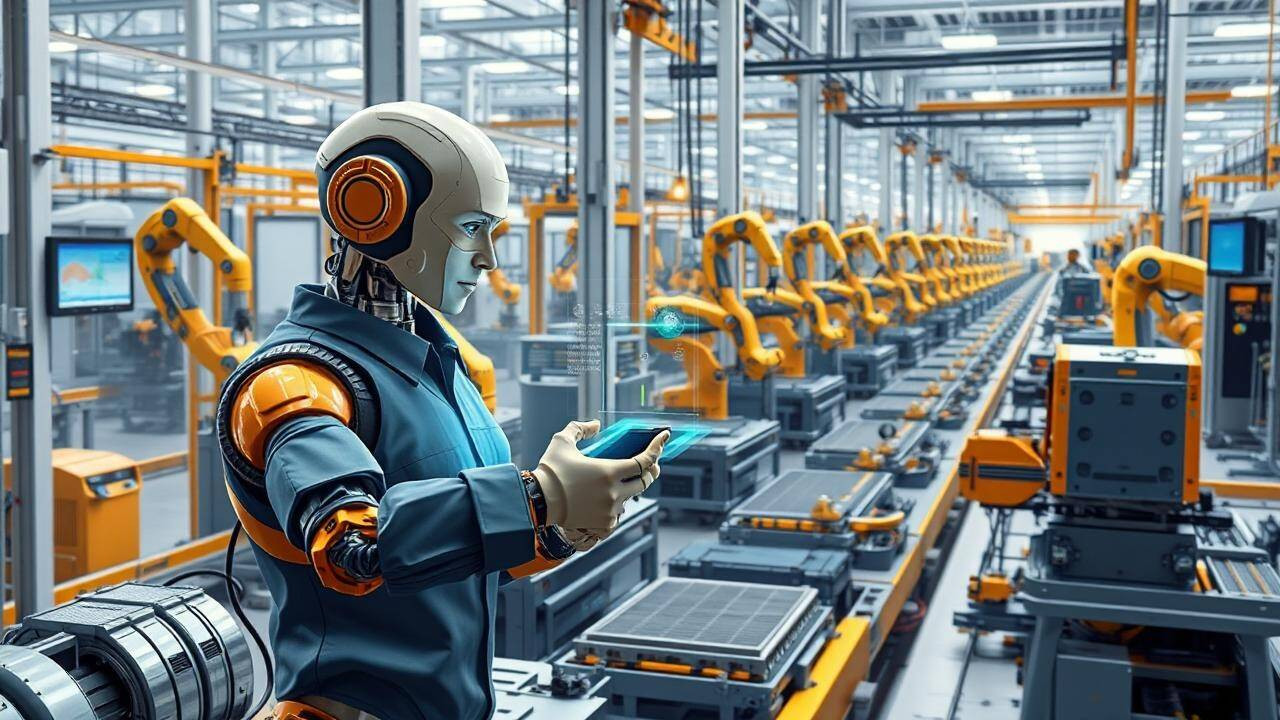India’s manufacturing sector has a unique chance to surpass global leaders by prioritizing innovation over low costs, according to Accel’s Advanced Manufacturing Report 2025. The report identifies sectors like precision engineering, aerospace, and semiconductors as potential growth drivers, contingent on policy support, funding, and skilled labor.
India’s Manufacturing Moment: Can Innovation Outpace Low Costs?
India stands at a fascinating crossroads. For years, the nation has built a reputation, and a thriving sector, on the back of cost-competitive manufacturing. But a new report from Accel suggests that simply being “affordable” isn’t enough to secure India’s future as a global manufacturing powerhouse. To truly capitalize on the immense opportunity ahead, India needs to pivot towards innovation, prioritizing advanced technologies and cutting-edge solutions.
Think about it: we’ve seen this story unfold before. Countries initially succeed by offering lower prices, attracting businesses seeking to reduce expenses. But that advantage is often fleeting. As wages rise and other nations emerge with even lower costs, the initial leader risks being left behind. The question then becomes, how do you move beyond cost leadership and build a sustainable, competitive edge?
The Accel report argues that Indian manufacturing must embrace this evolution. The country boasts a rapidly growing economy, a massive domestic market, and a burgeoning tech sector – all the ingredients for a successful transition towards higher-value manufacturing.
Beyond Low-Cost: Investing in Innovation
The core message of the report isn’t that low costs are irrelevant. Instead, it emphasizes that this approach is insufficient for long-term success. The global manufacturing landscape is shifting, driven by automation, artificial intelligence, and increasingly sophisticated consumer demands. To thrive in this new environment, Indian companies need to invest heavily in research and development, embrace digital transformation, and cultivate a culture of innovation.
This means more than just tweaking existing processes. It requires a fundamental shift in mindset. Companies need to actively seek out new technologies, experiment with different approaches, and be willing to take risks. Consider the opportunities presented by AI-powered automation in streamlining production, or the potential of additive manufacturing (3D printing) to create customized products.
The Role of Government and Policy
The private sector can’t do it alone. The government has a crucial role to play in creating an ecosystem that fosters innovation. This includes:
* Investing in education and skills development: Equipping the workforce with the skills needed to operate and maintain advanced manufacturing technologies. This involves significant investments in vocational training, engineering programs, and STEM education.
* Streamlining regulations and reducing bureaucratic hurdles: Making it easier for businesses to invest in new technologies and launch innovative products.
* Providing incentives for research and development: Encouraging companies to invest in cutting-edge technologies and develop new products.
* Promoting collaboration between industry and academia: Fostering partnerships that can accelerate the development and commercialization of new technologies.
Think about the impact of a well-funded initiative focused on developing and deploying advanced robotics in manufacturing.  This would not only boost productivity but also create new high-skilled jobs.
This would not only boost productivity but also create new high-skilled jobs.
The Opportunity: A Manufacturing Renaissance
The report suggests that if India can successfully navigate this transition, the potential rewards are enormous. The country could become a global hub for advanced manufacturing, attracting foreign investment, creating high-paying jobs, and driving economic growth. Imagine India as a leader in areas like electric vehicle manufacturing, renewable energy technologies, or advanced medical devices. The possibilities are vast. This transformation also aligns with related initiatives like the “Make in India” campaign, bolstering domestic production across various sectors. See how Indian textile manufacturing is also adapting to global trends.
However, this transition won’t be easy. It will require a concerted effort from businesses, government, and academia. It will demand a willingness to embrace change, take risks, and invest in the future.
The coming decade represents a pivotal moment for Indian manufacturing. The choice is clear: remain a low-cost producer and risk being overtaken, or embrace innovation and unlock the country’s full potential. The path to becoming a global manufacturing leader lies not just in affordability, but in ingenuity. By focusing on innovation, India can secure its place as a major player in the global economy for decades to come.







